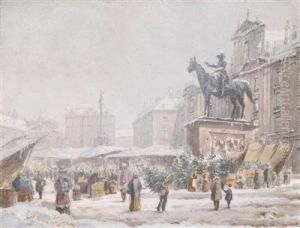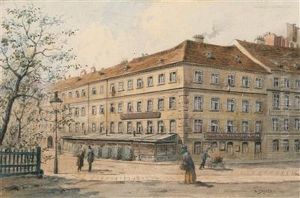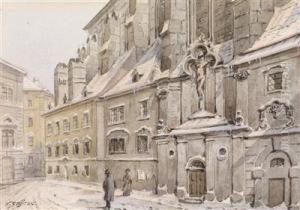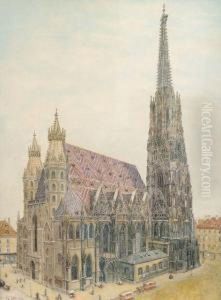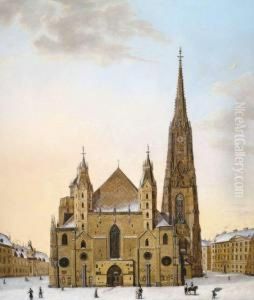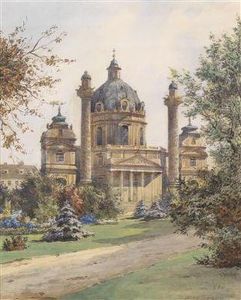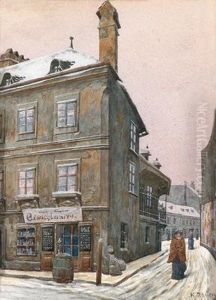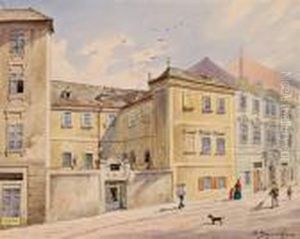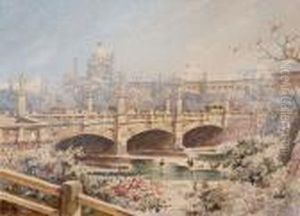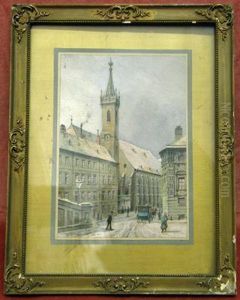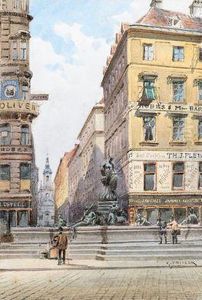Karl Wenzel Zajicek Paintings
Karl Wenzel Zajicek was an Austrian painter known for his detailed still life paintings and his association with the Vienna Secession movement. Born on September 6, 1860, in Vienna, Austria, Zajicek displayed an early talent for art which led him to study at the Academy of Fine Arts in Vienna under the guidance of renowned artists such as Christian Griepenkerl and Leopold Carl Müller.
During his career, Zajicek specialized in still lifes, bringing a meticulous approach to his paintings. He captured a range of objects with precision and clarity, from flowers to porcelain to intricate arrangements of fruits. His work is characterized by a strong sense of realism and attention to texture and detail, often set against dark backgrounds that highlight the subjects of his compositions.
Zajicek became linked with the Vienna Secession, an art movement formed in 1897 by a group of Austrian artists who had resigned from the Association of Austrian Artists. This movement was created as a response to the traditional and conservative styles promoted by the official art establishment. Although Zajicek was not a founding member, his work shared the Secession's commitment to artistic freedom and innovation. The Secessionists, including Gustav Klimt, Koloman Moser, and Josef Hoffmann, aimed to break away from academic art to create a new style that was modern and diverse.
While Zajicek was not as prominent as some of his contemporaries in the Secession movement, his work was well-regarded, and he participated in several exhibitions with the group. His paintings were appreciated for their quality and contribution to the still life genre, which was undergoing a revival during this period.
Karl Wenzel Zajicek's work remains a significant part of Austrian art history, reflecting the rich cultural milieu of turn-of-the-century Vienna. He continued to paint until his death on November 9, 1923, in Vienna. Today, his paintings can be found in various art collections and are studied for their technical excellence and historical value in the context of Austrian art at the dawn of the 20th century.
